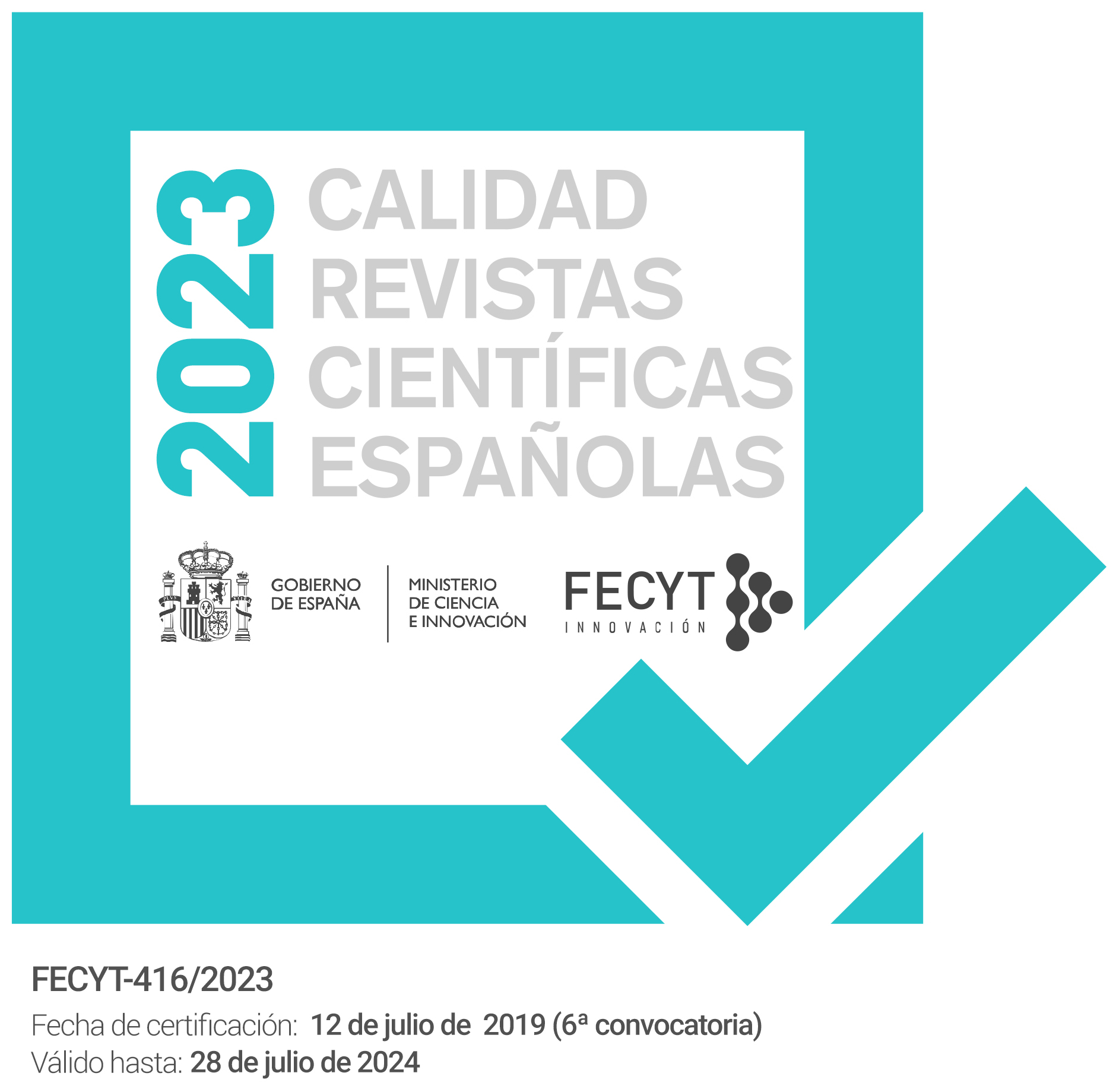Territorio, recursos turísticos y capacidad de carga. Una interpretación teórica del caso de la isla de Lanzarote
Keywords:
turismo, recursos turísticos territoriales, ordenación del territorio, capacidad de carga, sostenibilidad turística, tourism, regional tourist resources, regional planning, carrying capacity, sustainable tourismAbstract
La presente investigación propone una interpretación sobre un aspecto relevante en el actual desarrollo de los espacios turísticos. Esta cuestión presenta implicaciones sociales y económicas, y está referida a las relaciones entre los distintos agentes que intervienen en el territorio. Dichas relaciones se asocian, a su vez, a las transformaciones en los recursos turísticos del espacio y su capacidad de carga. Se intenta profundizar en los aspectos teóricos y factores que intervienen en este último indicador como criterio fundamental para la cualificación del territorio como soporte del turismo en Canarias. Apoyado en una metodología de inventario exhaustivo de los aspectos geográficos y los recursos turísticos, se delimitan los indicadores de sostenibilidad, a partir de los que se extrae un modelo crítico de valoración e interpretación de la capacidad de acogida del turismo. De este modo, se utiliza el ejemplo de la isla de Lanzarote como laboratorio adecuado a tal fin; poniendo sobre la mesa algunos planteamientos asociados al desarrollo de la planificación del territorio como instrumento para el desarrollo del turismo.
This research proposes an exercise in interpreting an important aspect of the present social and economic development of tourist areas, referring to the relations established by the different stakeholders involved in the region, between the region, its tourist resources and the so-called carrying capacity. An attempt is made to gain greater insight into the conceptual aspects and factors that have an impact on this latter indicator as a fundamental programmed criterion for zoning the area as a foundation for tourism in the Canary Islands. Based on a methodology of an exhaustive inventory of all elements that could be considered as tourist resources, sustainability indicators are identified as a starting point for developing a critical model for evaluating and interpreting the capacity of an area for receiving tourism. Hence, the example of the Island of Lanzarote is used as an appropriate laboratory for this purpose, highlighting the scientific debate concerning some approaches associated with the development of regional planning as an instrument for formalising tourism.
Downloads
Downloads
Issue
Section
License
The articles are open access distributed under the terms of the Creative Commons Attribution-NonCommercial-NoDerivatives (CC BY-NC-ND) Spain 4.0 license. Authors who publish in this journal agree with the following terms:
a) Authors retain the copyright and guarantee the journal the right to be the first publication of the work as well as licensed under a Creative Commons Attribution License that allows others to share the work with a recognition of the authorship of the work and the Initial publication in this magazine.
b) Authors may separately establish additional agreements for the non-exclusive distribution of the version of the work published in the journal (for example, place it in an institutional repository or publish it in a book), with recognition of its initial publication in this magazine.
c) Authors are allowed and encouraged to disseminate their work electronically (for example, in institutional repositories or on their own website) before and during the submission process, as it may result in productive exchanges, as well as a earliest and largest citation of published works (See The Effect of Open Access).



